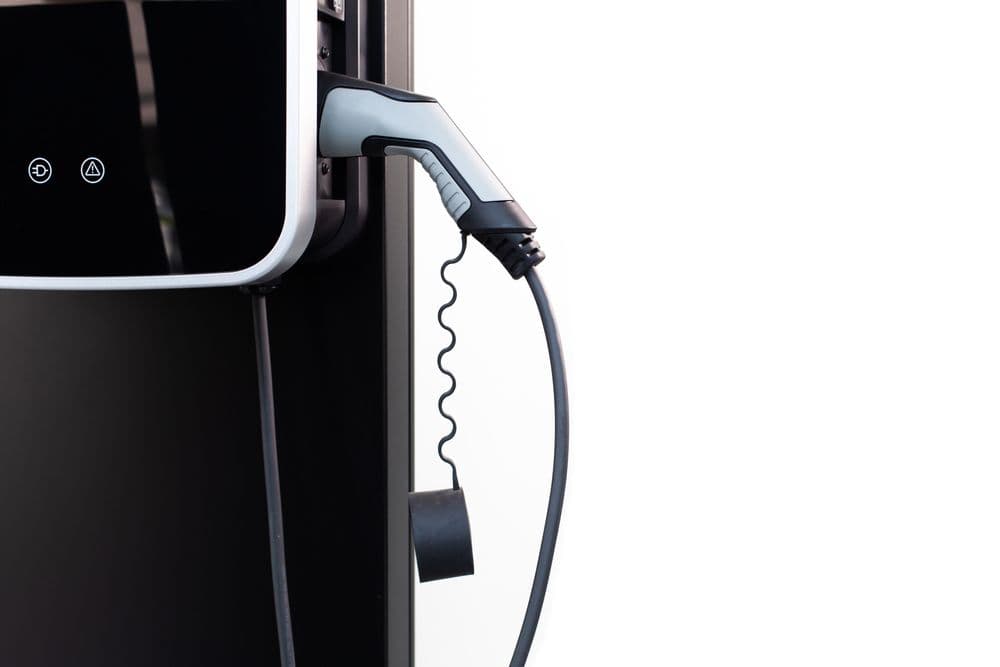Range anxiety. It seems like this term is now known to the entire e-mobility industry and generates lots of debates around the topic. To no surprise, this is a big factor slowing down the mass adoption of EVs around the world, especially in countries where the charging infrastructure falls behind.
Knowing the significance behind the matter, automakers race to launch electric cars suitable for long-distance journeys with a very high charging capability that’s fit for super-fast charging (100kW and more). As much as it looks extremely attractive on paper, the actual, everyday charging capacity often differs massively from the promised maximum, making it not the best point of comparison for many confused first-time buyers.
Now, why is that?
The truth behind maximum charging capacity
There are several factors to consider when speaking about EVs’ charging procedure. Maximum capacity, although willingly promoted by automakers, might be confusing for inexperienced drivers, who would think that i.e. 100kW super fast charging will be a round-the-clock occurrence anytime they plug their vehicle in.
We must take into account that the maximum capacity may only be reached under ideal conditions, which are usually nowhere to be found while everyday EV utilization. Amongst the factors heavily impacting the charge speed are temperature, state of charge (SoC), the type/brand of the charging point, age of the vehicle, very low battery level, and many more.
What is the State of Charge (SoC)?
It’s the “ideal” charging range, usually between 20% - 80% of the total battery capacity. The lower limit comes from drivers' behavior, as they want to avoid running out of range and will start recharging sooner than necessary. Once most cars have reached around 80%, then charging times dramatically slow down as there's less power available for use within the engine itself. This distorts the charging speed and makes the given maximum capacity not usually a decent point of comparison. To make sense out of these reports and differentiations for an average consumer, many now indicate both numbers: their maximum potential as well as what most drivers will experience in daily use.
However, there is still a lack of unified figures that would allow for a cohesive comparison between numerous brands on the market.
P3 Charging index - what is it?
P3 Group - a consulting and engineering agency - has created a calculation that aims to standardize the average charging capacity that can reflect the real-time charging from the user’s perspective.
The P3 Index “defines the charging speed of vehicles and leads to a significantly higher comparability and therefore to more transparency regarding the real suitability for everyday use of electric vehicles on long distances,” as we read on their page.
If widely adopted, such standardization could significantly improve the transparency of charging procedures across various brands and types.
In simple words, if an EV reaches an index of 1.0, in practice the vehicle would be able to charge a range of 300 km in only 20 minutes.
What’s interesting, amongst available vehicles on the market, none have reached the 1.0 score, although some are fairly close. With Porsche Taycan leading the pack at 0.72, through VW. ID3 scoring 0.70, to Tesla Model 3, closing the big three with a 0.66 P3 charging index value.
Why does the industry need such charging standardization?
The e-mobility market, as much as it’s blooming and growing at a very rapid pace, still requires lots of work put in. Especially, in terms of the unification and ratification of widely approved standards.
This is beyond important from the user perspective, as one of the main factors slowing down the mass adoption (apart from undeveloped charging infrastructure) is the confusion of first-time buyers who often resign from the idea of getting an EV due to the lack of unified knowledge.
The question of how fast the vehicle charges and what the charging range is naturally one of the first that comes to mind, and not clearly stated information on it may discourage the end user from buying an EV.
To ensure that the future of electric mobility looks bright, transparency, clearly presented data, and standards open to everyone should be the primary focus. In such cases, initiatives like the P3 Charging Index may turn out to be the determining factor pushing the mass adoption forward.

